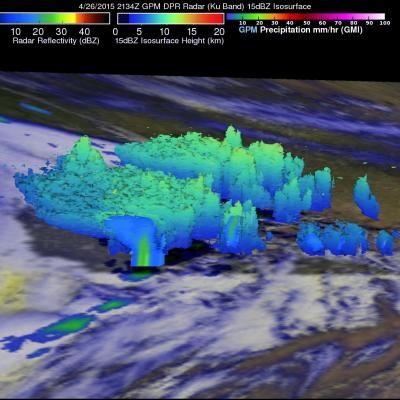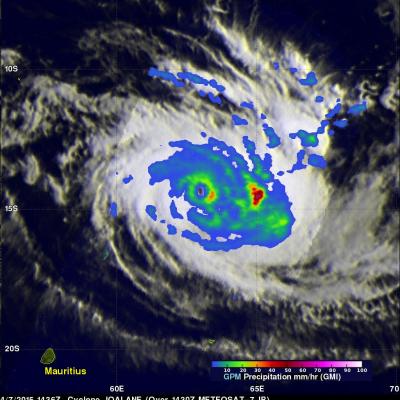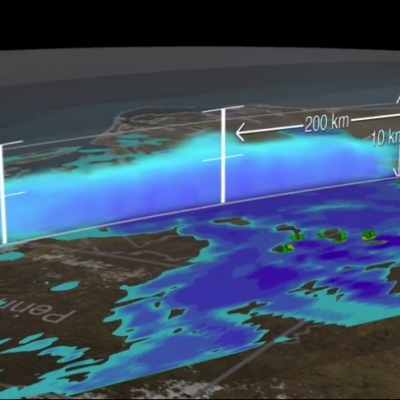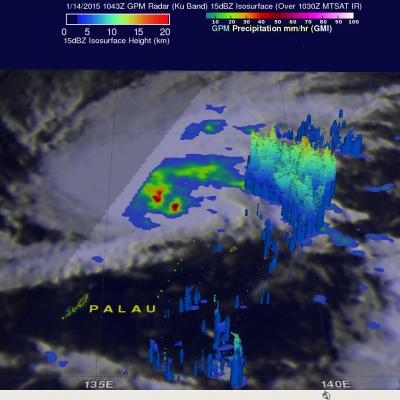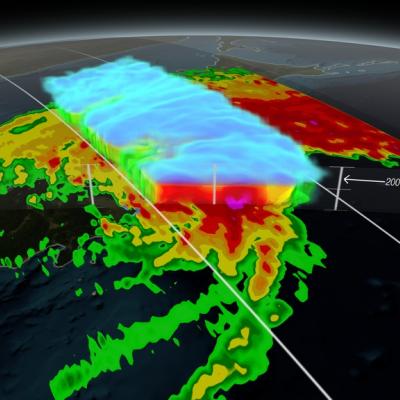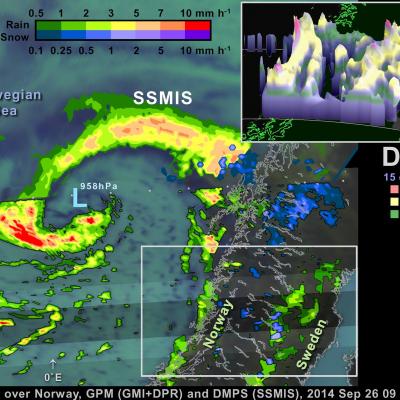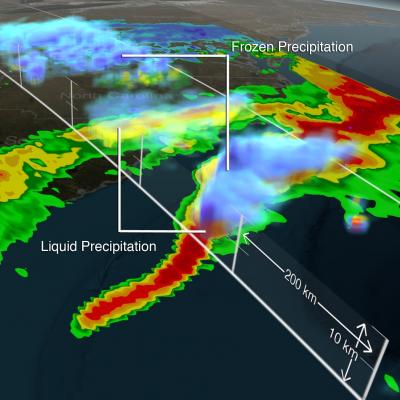GPM Sees Weekend Texas Tornadoes
Stormy spring weather over the Southwest popping up during the past weekend with at least twenty tornadoes sightings over Texas on Sunday April 26, 2015. The GPM core Observatory satellite had a good view of severe storms developing yesterday through central Texas when it flew over at 2134 UTC (4:42 PM CDT). Large hail and heavy rainfall was associated with some of these storms. This image shows a 3-D view of severe weather over Texas using data from the first space-borne Ku/Ka-band Dual-frequency Precipitation Radar (DPR) on board the GPM Core Observatory satellite. Ku Band radar from this


